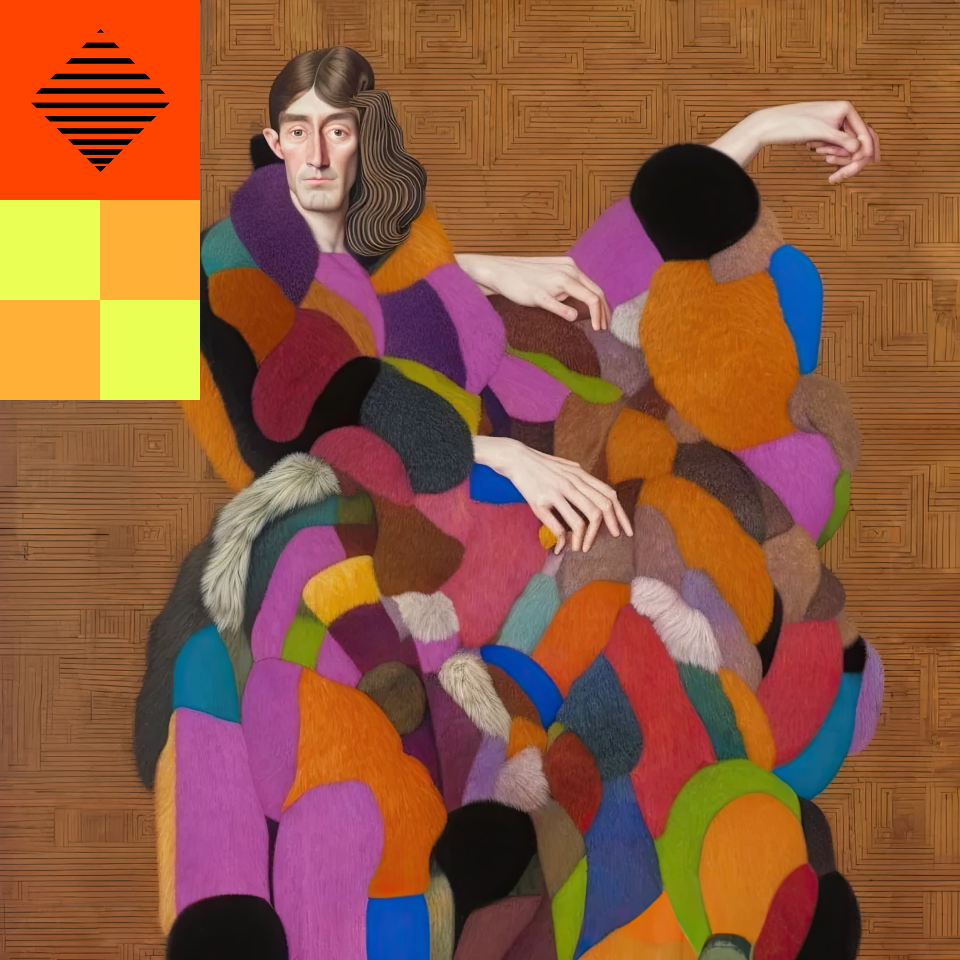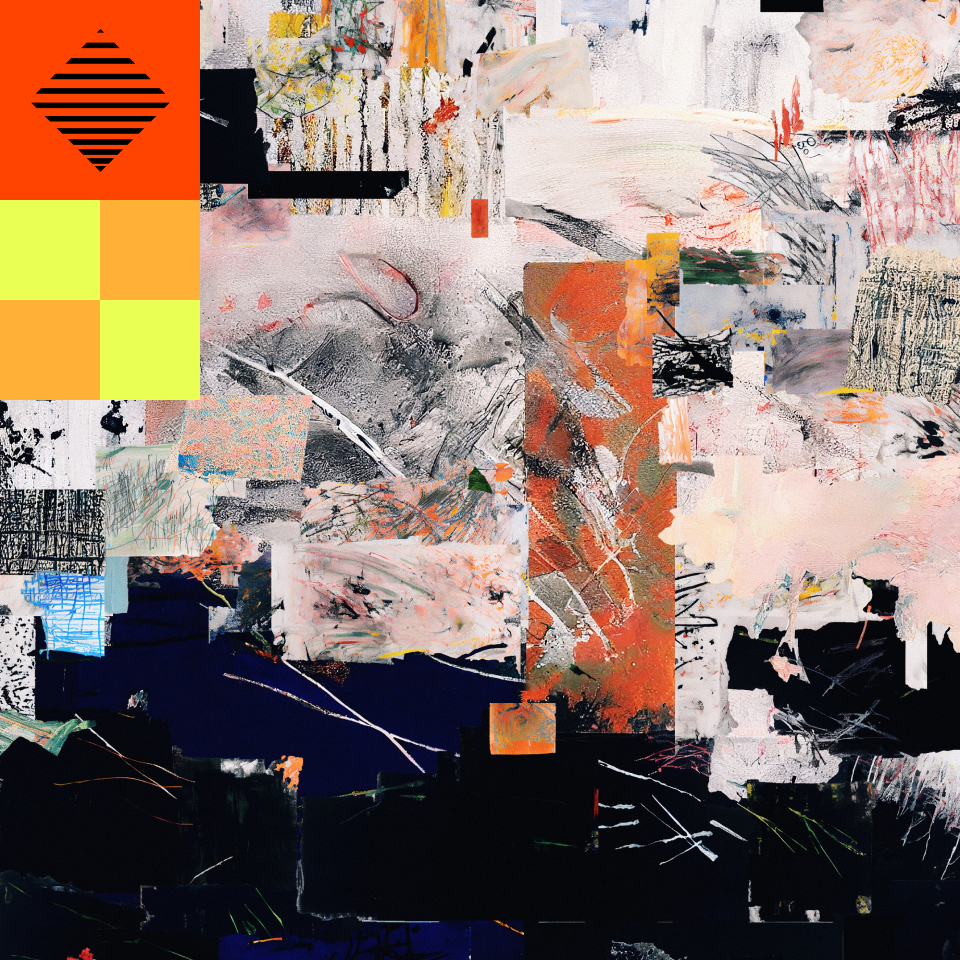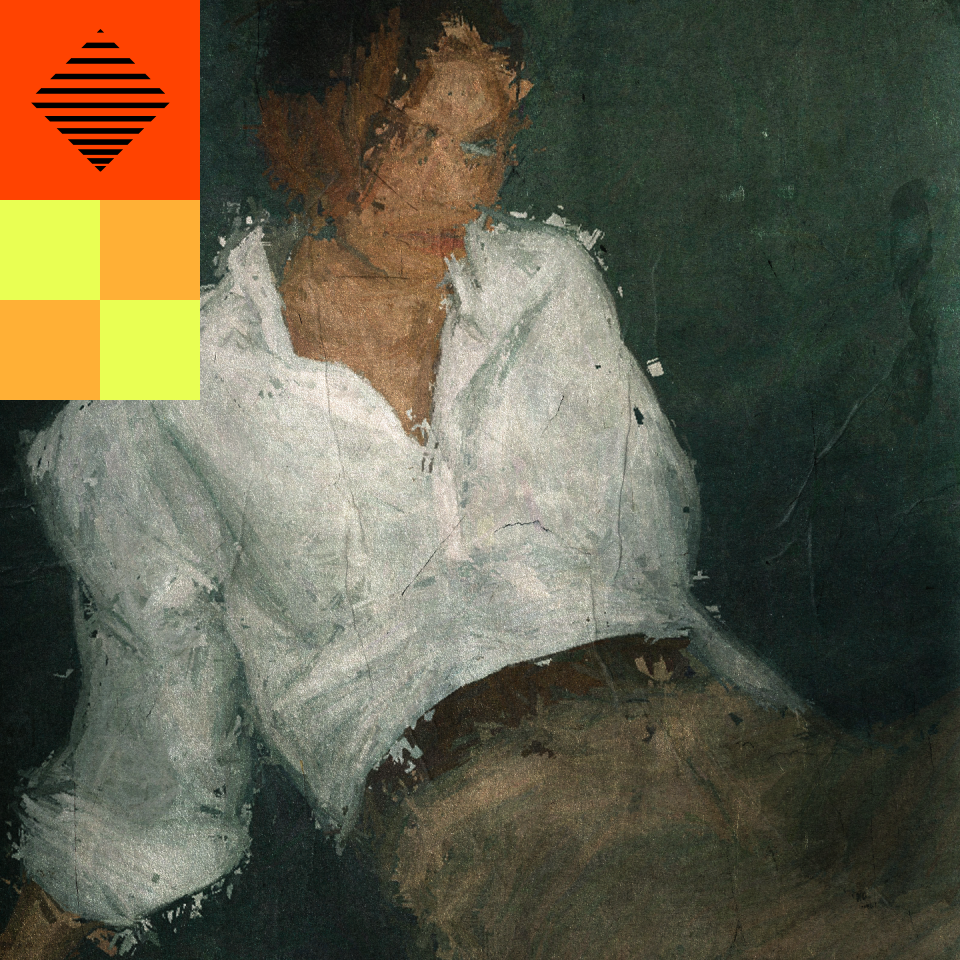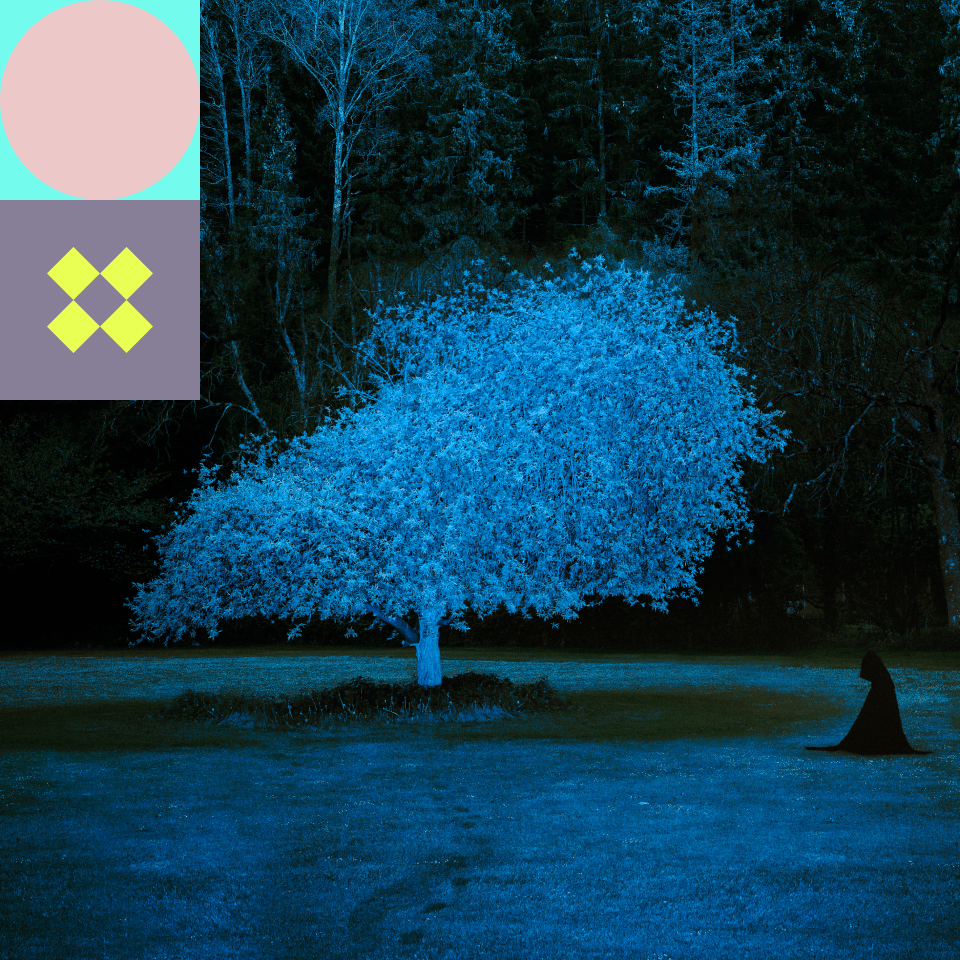As we stand at the crossroads of tradition and innovation, the art world is undergoing a transformative shift. The emergence of non-fungible tokens (NFTs) has expanded the realm of artistic expression and collecting, bridging the gap between the physical and digital worlds. As collectors and curators navigate this new landscape, the distinctions between traditional art collecting and the acquisition of art on the blockchain are becoming increasingly nuanced.
From the importance of authenticity and provenance to the enduring aesthetic and emotional value of art, the core principles that drive art collecting remain constant, transcending the medium in which the art exists. As the lines between traditional and digital art blur, collectors are finding new ways to experience, display, and appreciate their cherished works.
Authenticity and Provenance
"The blockchain's ability to securely store the history of an artwork is a game-changer for provenance and authentication." - Anne Bracegirdle, Associate Vice President at Christie's
In both traditional and NFT-based art collecting, the authenticity and provenance of an artwork are essential for establishing its value. In the traditional art world, authenticity is typically verified through certificates of authenticity, expert opinions, and provenance documentation. In the blockchain space, NFTs act as digital certificates of authenticity, recording the artwork's creation, ownership, and transaction history on a decentralized ledger. This transparency ensures that collectors can trust the provenance of the digital artwork.
Aesthetic and Emotional Value
"As a collector, the excitement of acquiring a unique piece of art is the same, whether it's a physical artwork or an NFT." - Lindsay Moroney, NFT collector
In both traditional and digital art collecting, the aesthetic appeal of an artwork is crucial in attracting collectors. Just as collectors in the traditional art world are drawn to the visual allure of a painting, sculpture, or photograph, NFT collectors are captivated by a digital work's visual elements, such as color, composition, and style. In both cases, the aesthetic qualities of an artwork contribute to its desirability and perceived value.
Art, whether traditional or digital, has the power to evoke a range of emotions in the viewer. From joy and awe to sadness and introspection, the emotional impact of an artwork often plays a significant role in a collector's decision to acquire a piece. This emotional connection can be deeply personal, as collectors may relate to the artwork's subject matter, symbolism, or the artist's intention, regardless of the medium.
Physicality and Display
"NFTs offer a new way to experience art. They enable us to explore digital realms and interact with art in ways that were previously impossible." - Sinziana Velicescu, Director and Curator of Vellum LA
One of the most significant differences between traditional art collecting and NFTs is the physicality of the art. Traditional art collecting involves owning and displaying physical pieces, while NFTs are digital creations that exist on the blockchain. This difference affects how collectors display and experience their art. Traditional art collectors often showcase their works in homes or galleries, while NFT collectors rely on digital platforms or innovative display technologies, such as digital frames or virtual reality galleries, to showcase their collections.
The lines are starting to blur though, as artists and galleries offer physical pieces along with NFTs. These can be the physical piece of the original artwork minted as an NFT, or in the case of the digitally native medium, a high-quality print.
Accessibility and Market Reach
The blockchain-based nature of NFTs has democratized access to art collecting, enabling artists and collectors worldwide to participate in the market without the need for intermediaries, such as galleries or auction houses. This expanded accessibility has attracted new collectors, who may have felt excluded from the traditional art world due to geographic, economic, or social barriers. More recently, some traditional institutions including galleries, auction houses, or museums have been establishing their presence on the blockchain, thereby expanding the mechanisms they provide for collecting, curating, and displaying art to include NFTs.
"Fractional ownership and royalties have the potential to revolutionize how artists and collectors engage with the art market." - Jess Houlgrave, Co-founder of Codex Protocol
Another unique aspect of NFTs is the ability to divide ownership of a single artwork among multiple collectors through fractional ownership. This concept is less common in the traditional art world, where physical artworks are usually owned by a single collector or institution. Additionally, NFTs offer new opportunities for digital resale and royalties, allowing artists to benefit from secondary market sales directly.
The accessibility and market reach offered by NFTs and the blockchain have democratized the world of art collecting, inviting a new generation of collectors and enthusiasts to participate in this vibrant and ever-evolving ecosystem. As traditional institutions such as galleries, auction houses, and museums embrace the digital revolution, we are witnessing a convergence of old and new, with the art world poised to forge its own unique path into the future.
"The future of art collecting lies at the intersection of tradition and innovation, where the physical and digital realms converge to create an inclusive and dynamic world that celebrates the power of art in all its forms." - Isabelle de la Bruyère, Director of Client Strategy at Christie's
Ultimately, the marriage of tradition and innovation in the world of art collecting heralds an exciting era of creativity and collaboration. The rise of NFTs and the blockchain is not a threat to the traditional art world, but rather an opportunity to expand its horizons and redefine the way we appreciate and interact with art. As collectors, curators, and artists continue to explore the limitless potential of digital art, the shared passion for artistic expression and the emotional resonance it evokes will continue to unite us all.



